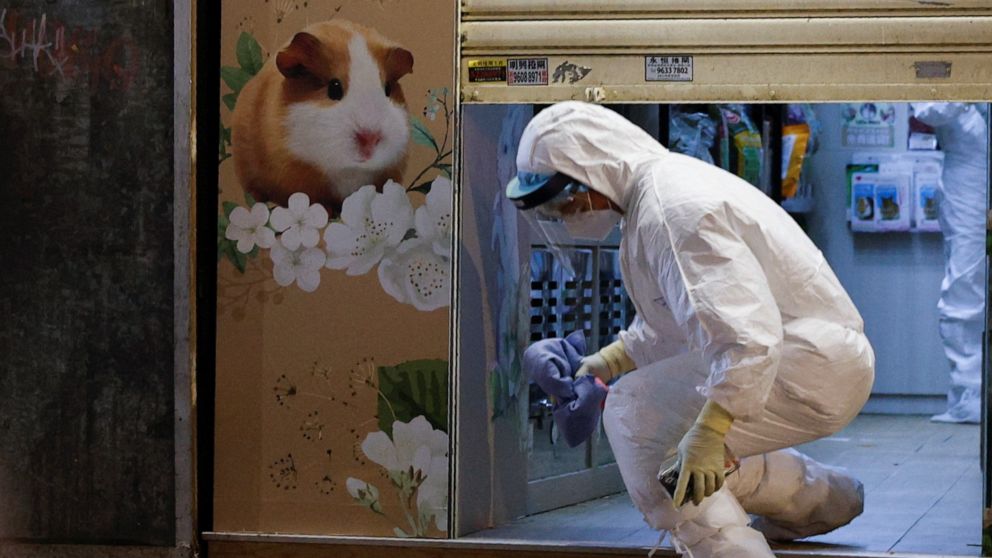
What are scientists doing to prevent the next pandemic?
ABC News
A year ago, Denmark culled thousands of minks in an effort to slow the spread of COVID-19 in mink farms and curb any potential threat of transmission back to humans.
And just a few months ago, thousands of small animals, including hamsters in Hong Kong were culled after scientists and public health officials became concerned over cases of humans becoming infected with COVID-19 from their pets.
Pets, in particular, are problematic because there are no disease surveillance programs for them or zoo animals, said Dr. Tracey McNamara, professor of pathology at Western University of Health Sciences College of Veterinary Medicine.
While minks and hamsters have been the only animals believed to have transmitted the virus back to humans in some cases, scientists are increasingly concerned that the next coronavirus variant might emerge not from people, but animals, as COVID-19 likely did.





















 Run 3 Space | Play Space Running Game
Run 3 Space | Play Space Running Game Traffic Jam 3D | Online Racing Game
Traffic Jam 3D | Online Racing Game Duck Hunt | Play Old Classic Game
Duck Hunt | Play Old Classic Game